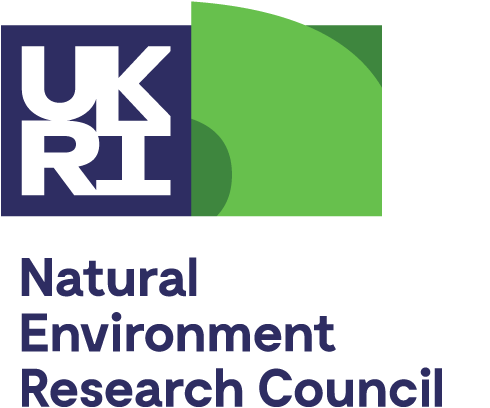SoS RARE
The rare earth elements (REE) are widely used in modern technologies varying from wind turbines to hard disk drives, low energy lighting to electric cars. They are recognised as critical raw materials by the European Commission and other authorities, because of security of supply concerns. Recent work has highlighted neodymium (Nd) and the heavy rare earth elements (HREE) as being most at risk of supply disruption in the near future.
The major challenge is to develop new Nd and HREE deposits that can be exploited in an environmentally friendly and economically viable way, so that the use of REE in new technologies can continue to expand.
The SoS RARE project aims to understand the mobility and concentration of Nd and HREE in natural systems, and to investigate new processes that will lower the environmental impact of REE extraction and recovery. It brings together an interdisciplinary team of researchers to look at aspects of REE geology, chemistry and metallurgy, and will study both conventional REE deposits and ion adsorption clays (currently the world’s major source of HREE).















